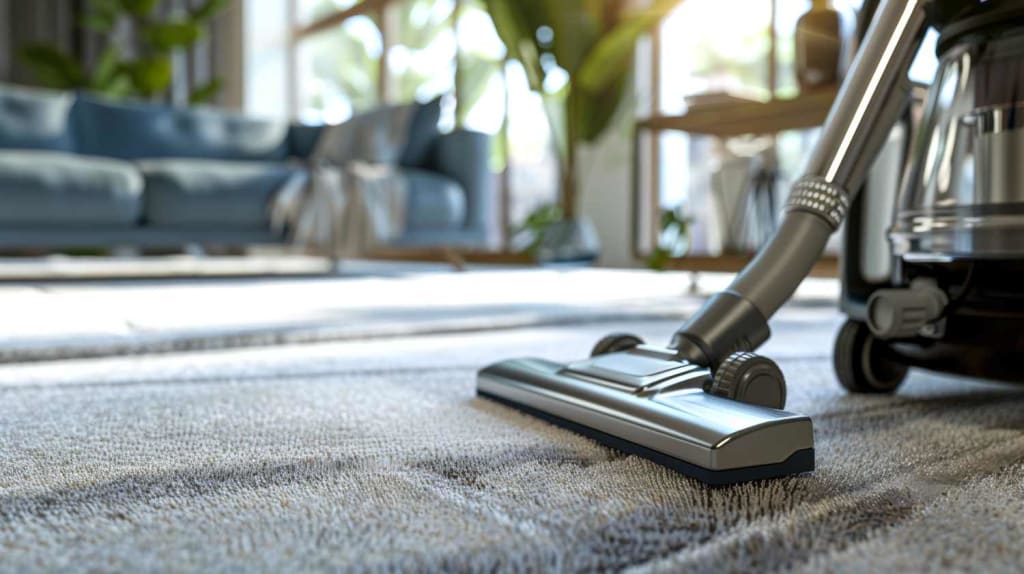Carpeted rooms often provide a cozy and comfortable environment, but they can sometimes hinder proper airflow, leading to stuffy and uncomfortable conditions. It’s essential to know how to improve airflow for carpeted rooms to maintain a pleasant indoor environment. Whether you’re a homeowner looking to enhance comfort or a business aiming to create a more productive workplace, this guide will provide insights and solutions to achieve just that.
Understanding how to improve airflow can significantly affect your indoor air quality and energy efficiency. Let’s explore various ways to ensure that your carpeted spaces maintain optimal airflow.

Understanding Airflow in Carpeted Rooms
To improve airflow, it’s vital to understand how air circulates within confined spaces. Carpets can sometimes act as barriers, trapping dust and allergens. Proper airflow ensures that these particles do not settle, promoting better health and comfort. Here’s a list of keywords that are crucial when discussing this topic: ventilation, HVAC systems, air quality, dust circulation.
The Impact of Carpeting on Airflow
Carpets can absorb air moisture and dust, affecting ventilation. This absorption can lead to mold and mildew if not adequately addressed, as highlighted in this external guide. To prevent such occurrences, it’s important to control humidity and allow air movement across the floor.
Effective Solutions for Better Airflow
Here are some practical steps and solutions that homeowners and businesses can implement to improve airflow in carpeted rooms:
Regular Cleaning and Maintenance
Keeping your carpets clean is one of the simplest methods to improve air circulation. Regular vacuuming and professional cleaning services can reduce dust and allergens. If you’re dealing with mold, check out the importance of quick cleanup for wet carpet.
Utilizing the Right Equipment
Investing in high-quality air purifiers, dehumidifiers, and HVAC systems can significantly enhance airflow. These devices improve air quality by actively circulating and filtering the air, reducing the load on your carpets.
Enhancing Natural and Mechanical Ventilation
Incorporate both natural and mechanical techniques to achieve better ventilation. Open windows when possible to let fresh air in, and complement this with fans or air conditioners to maintain a constant flow of air. Explore the best flooring alternatives to further enhance your room’s ventilation.
Window and Ceiling Fan Usage
Fans help in distributing air evenly throughout the room. Strategically installed ceiling fans can direct airflow downward, preventing the accumulation of hot air near the ceiling.
Optimizing HVAC Systems
Ensure that your HVAC system is in excellent working condition. A periodic checkup from a professional can make sure that your system supports optimal airflow rather than hindering it.
FAQs
What Role Does Carpet Padding Play?
Carpet padding can offer insulation and soundproofing, but it may sometimes obstruct airflow. Choosing the right type of padding can facilitate better air movement.
How Often Should Carpets Be Cleaned?
Professional cleaning services should be employed at least twice a year, while regular vacuuming can be done weekly to maintain cleanliness and airflow.
Are Air Purifiers Necessary?
Air purifiers are highly recommended for trapping dust and allergens, ensuring that your indoor air quality remains healthy.

Conclusion
Learning how to improve airflow for carpeted rooms can transform your living or working environment. Whether you focus on regular cleaning, equipment upgrades, or enhancing ventilation, these strategies can make a significant difference. Keep exploring ways to ensure a healthy and comfortable atmosphere in your carpeted spaces.
This article contains affiliate links. We may earn a commission at no extra cost to you.


